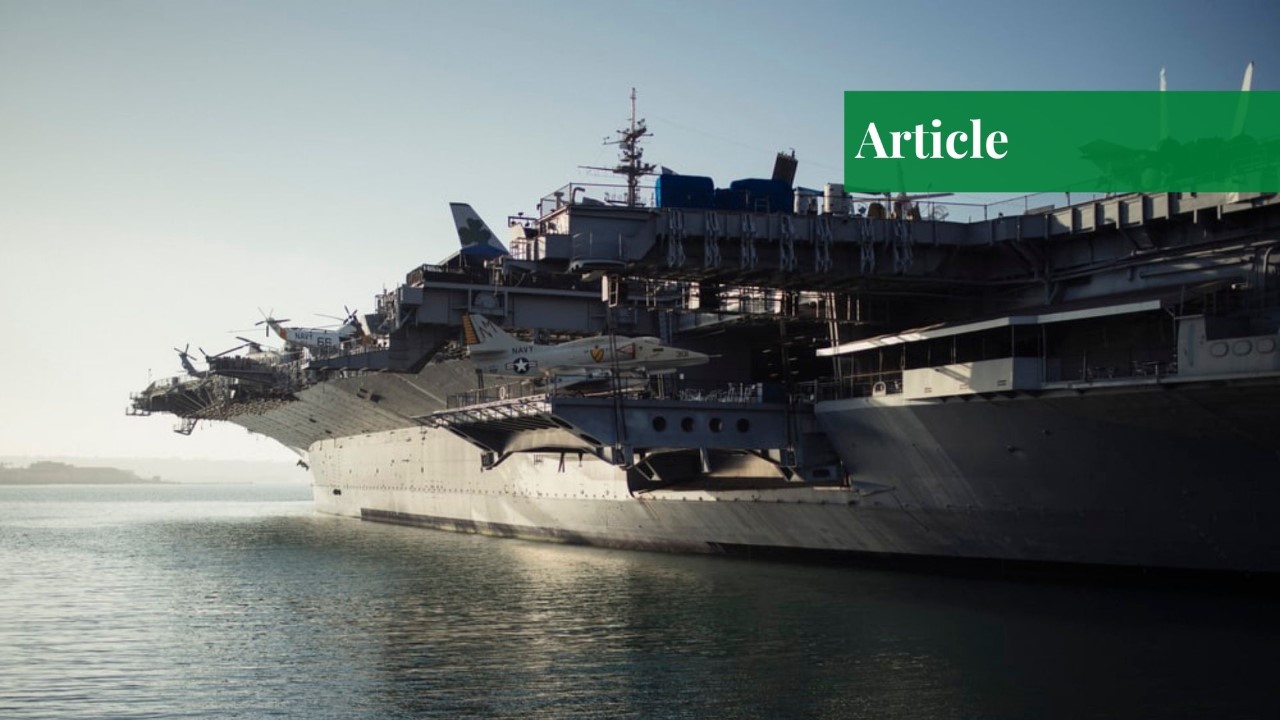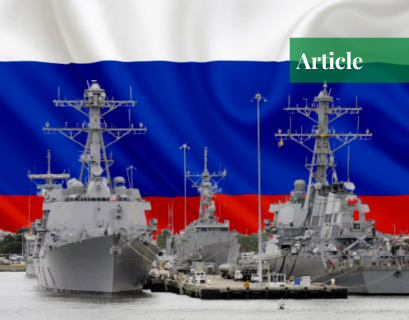Warships
International law describes a warship as a vessel or boat belonging to the armed forces of a state bearing some external coats and patterns distinguishing the oddity and state of such ships, under the command of a commissioned officer and sailors by the government. Some examples of ships include Arleigh Burke-class warships, Alamgir class, etcetera. Some of the types of naval warships are mentioned and explained in this article.
Aircraft Carriers
Aircraft carriers like the Ford-class carrier are primarily power projection platforms for navies. Besides inherent mobility, these types of naval warships have the capacity to embark on various types of military aircraft (Fighter or AWACS) for delivering firepower at sea and ashore. They also have the capability to detect and neutralize any air threat with effective terminal defences.
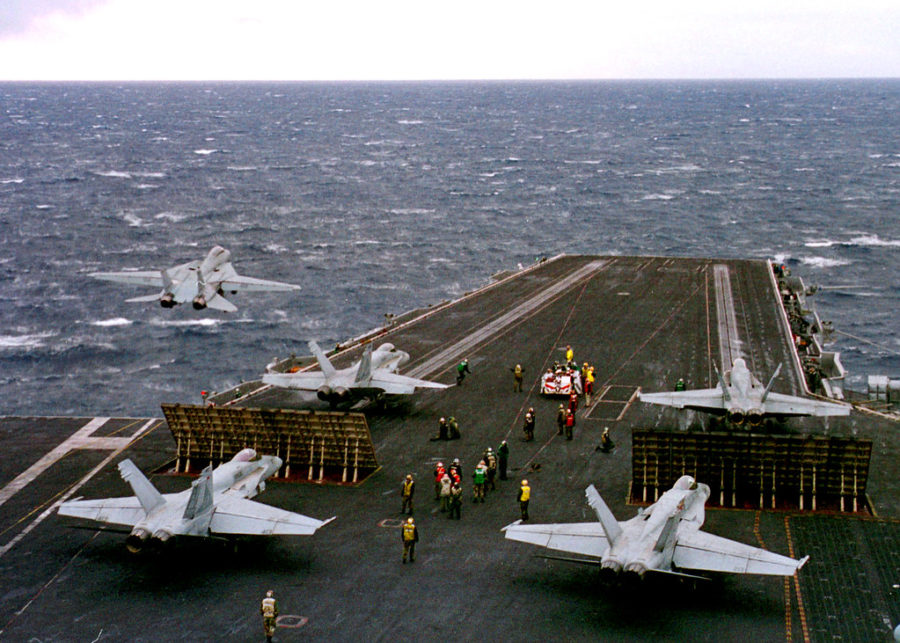
Aircraft carriers may displace up to 100,000 tons and vary in length from 185 to 340 meters. These ships require effective protection against air, surface and sub-surface threats and usually operate as part of an integrated group called Carrier Vessel Battle Group (CVBG). These battle groups include submarines, warships, minehunters, and replenishment ships.
Cruisers
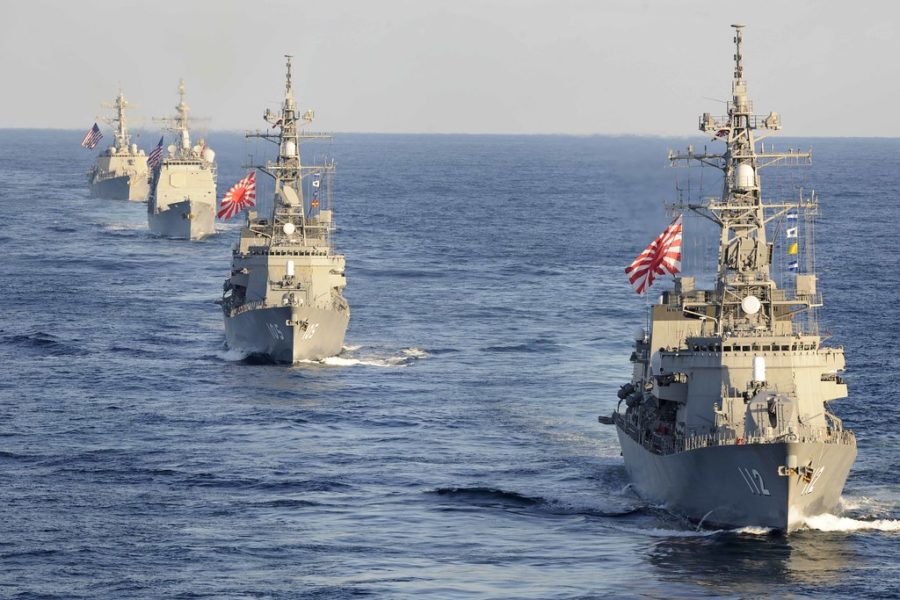
Cruisers are general-purpose fighting ships with a displacement of between 6,000-and 10,000 tonnes. The Varyag Cruiser and other cruisers provide air defence, support convoys and are capable of shore bombardment. The arrival of destructive and long-range missiles with land attack capability has gradually reduced the role of these platforms in most navies. These can also carry ship-based cruise and ballistic missiles.
Destroyers
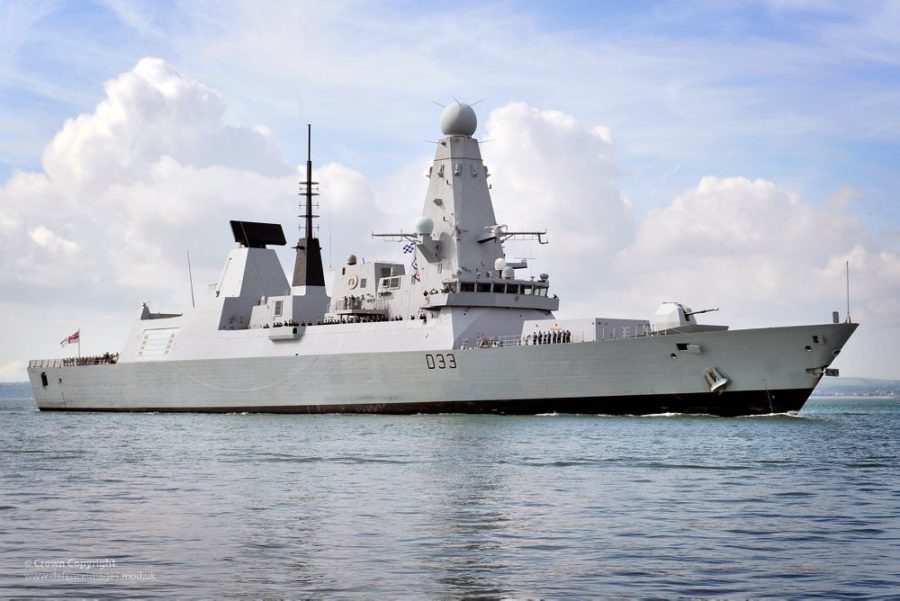
Destroyers like the Zumwalt Class Destroyer are versatile ships of a fleet with the capacity to operate in multi-threat environments. These ships have all-around capabilities of anti-surface, anti-submarine and anti-air warfare. They can operate independently at extended ranges for fairly long periods – displacement usually varies between 3000-6000 tonnes. These can also carry ship-based cruise or submarine-launched cruise missiles (SLCMs) and ballistic missiles.
Frigates
Frigates such as the Tughril class are primarily anti-submarine warfare (ASW) ships. Frigates can provide screens for the escort of capital ships and High-Value Units. Frigates are relatively smaller, agile and quieter than destroyers and vary in displacement between 2000 and 5000 tonnes.
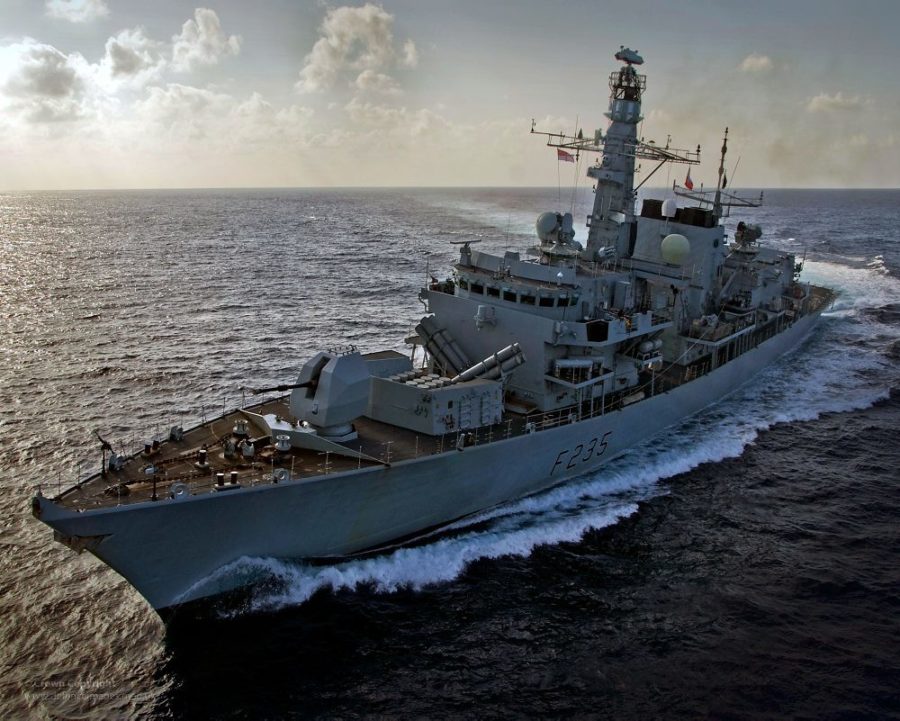
They may carry towed array SONARS for long-range detection of submarines. Except for the size, the distinction between a destroyer and frigate is diminishing particularly with respect to effectiveness and firepower. These can also carry SLCMs and ballistic missiles.
Corvettes
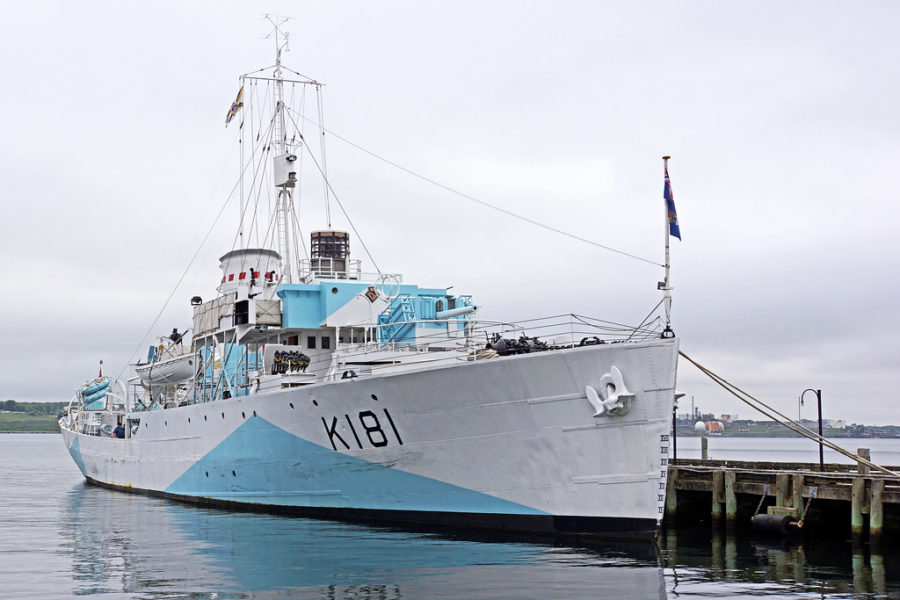
Corvettes like the MILGEM class Corvette are lighter in tonnage and weaponry than a frigate. They are armed for anti-air and anti-surface operations but their primary configuration remains ASW. Their displacement can vary between 500-2500 tonnes. Corvettes generally operate in waters close to the coast. A decrease in the tonnage reduces its cost which is why most of the navies can operate these.
Offshore Patrol Vessels (OPVs)
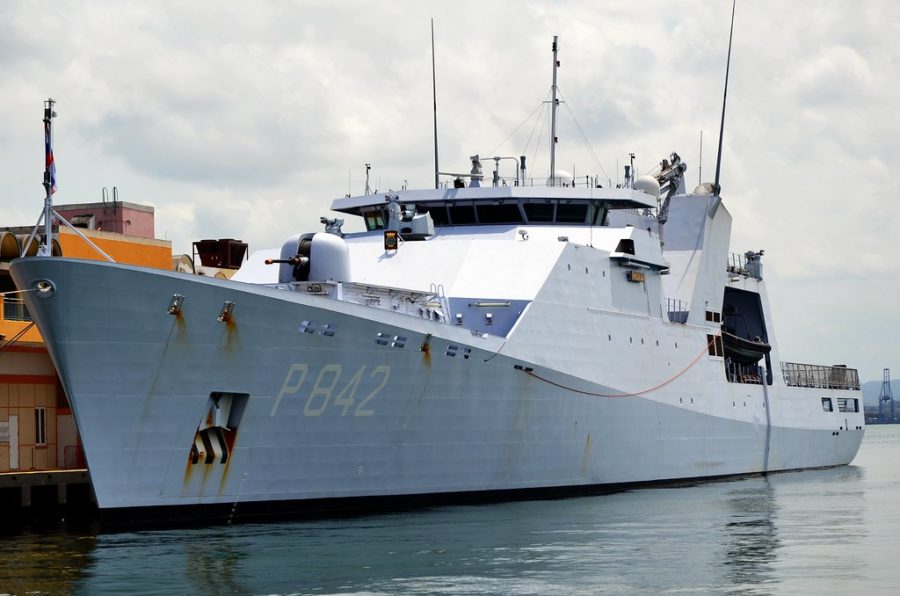
Offshore Patrol Vessels (OPVs) like the Kashmir class OPV normally operate in coastal waters near shore. They can undertake operations for a relatively longer duration and even in very turbulent sea states. Armed lightly, an OPV can also carry deadly long-range missiles if required to avert the threat.
Fast Attack Craft (FAC)
The Fast Attack Craft (FAC) such as the Azmat Class Fast Attack Craft may be equipped in any suitable combination with guns, torpedoes, mines and missiles for operation in coastal waters. Modern FACs are also capable of carrying land-attack missiles. The displacement of these crafts could be between 100 to over 500 tonnes. The operations of FACs are generally dependent on weather and sea conditions.
Mine Warfare Forces
Mine countermeasure forces are employed to sweep and destroy mines. These are of four types: ocean minesweepers, coastal minesweepers, inshore minesweepers, and minehunters. In the modern concept, equipped helicopters are also employed to sweep mines. The tonnage of minesweepers and minehunters can vary from 50 to 500 tonnes.
The present-day emphasis is on minehunters, which employ sophisticated sonar systems for detecting underwater mines and then neutralizing them through Unmanned Underwater Vehicles (UUVs). One example of such would be the Tripartite Class Minehunter.
Amphibious Warfare Forces
The ships and craft employed in amphibious warfare include the following:
- Amphibious transport docks (LPD)
- Amphibious command ship (LLC)
- Tank landing ship (LST)
- Amphibious assault ships (LHA)
- Deck landing ships (LSD)
- Amphibious cargo ships (LKA)
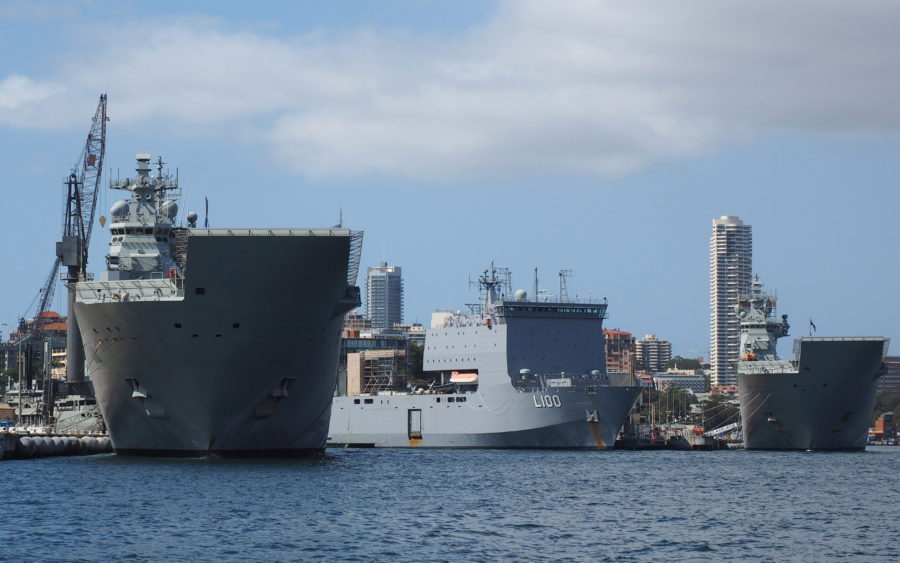
These are specially designed to carry troops, guns, tanks, equipment and stores for assault/landing or shores. The tonnage of these crafts varies from 14,000 to 40,000 tonnes. LHA and LPD, depending on the design, can carry on board a number of helicopters/VSTOL aircraft to support amphibious operations. These forces are essentially needed for expeditionary operations.
Fleet Auxiliaries
In naval warfare, a fleet operating away from the home base for a longer duration is dependent on logistic support. Fleet auxiliaries include depot and repair ships, tankers, oilers, storeships, ammunition ships, hospital ships and ocean-going tugs. These ships are specially equipped for replenishing at sea.
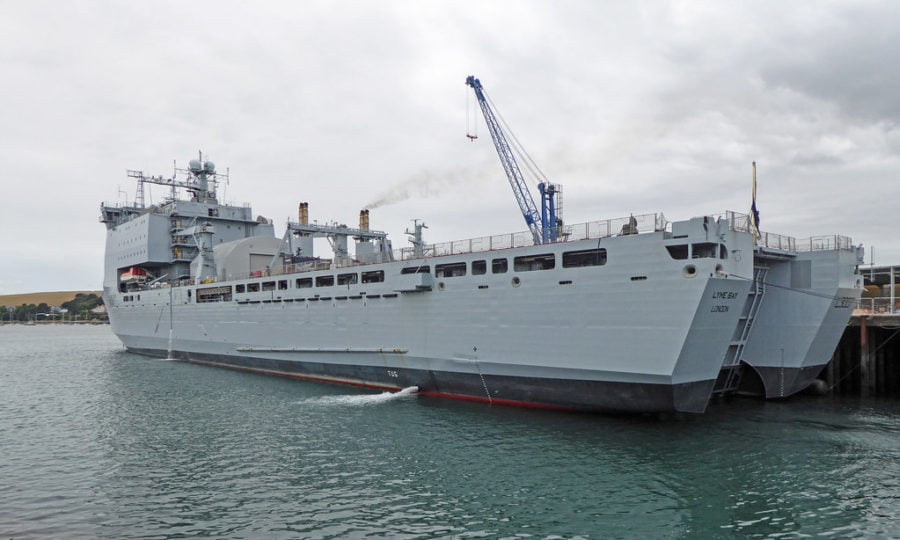
The fleet auxiliaries provide a fleet great operational advantage in range, endurance and capability to operate independently of shore base support. Fleet oilers are a prerequisite for undertaking sustained operations at sea. For instance, a Wave class Fleet Tanker (RN) would replenish an HMS Ark Royal.
Submarines
Submarines are vessels that dwell under the surface of the water. Submarines are generally classified according to their propulsion and weapon suite as follows:
| Type | Function |
| SSK | Diesel electric-powered conventional attack submarine |
| SSP | Air Independent Propulsion (AIP) conventional attack submarine |
| SSN | Nuclear-powered attack submarine |
| SSGN | Guided missile-carrying submarines with nuclear-powered propulsion |
| SSBN | Ballistic missile (mainly ICBMs) carrying submarines with nuclear-powered propulsion |
Conventional Submarines
Diesel-electric submarines (SSK) like the Kilo-class Submarine have limited submerged speed (3-7 knots) with the periodic requirement to snorkel (process to raise induction mast breaking the sea surface) for charging of batteries. While snorkelling, these submarines are susceptible to detection by Anti-Submarine Warfare (ASW) forces, particularly ASW aircraft.
The latest technology in conventional submarines is Air Independent Propulsion (AIP) system. AIP system allows more submerged time than diesel-electric submarines and is particularly useful during circumvention and passage through intense ASW activity zones.
Although the introduction of AIP has enhanced the submerged endurance of these submarines, they are still restricted in speed. Stealth features and the ability to operate covertly make these platforms a powerful weapon. Conventional submarines usually have a displacement between 1000 and 3500 tonnes. An example of AIP-equipped submarines is the Type 39A class Submarine.
Nuclear Submarines (SSBN, SSN & SSGN)
SSNs and SSBNs can be deployed for a longer duration. They are capable of high speeds (up to 30 knots) and have virtually unlimited endurance. They not only perform sea denial functions but can also be part of ASW forces for convoy support operations.
SSBNs such as the Typhoon class Submarine have a strategic role in firing ballistic missiles and as such require a robust command and control system. They are part of the nuclear strategic forces of a nation. The submerged displacement of a nuclear-powered submarine can be up to 48,000 tonnes.
If you want to submit your articles, research papers, and book reviews, please check the Submissions page.
The views and opinions expressed in this article/paper are the author’s own and do not necessarily reflect the editorial position of Paradigm Shift.
